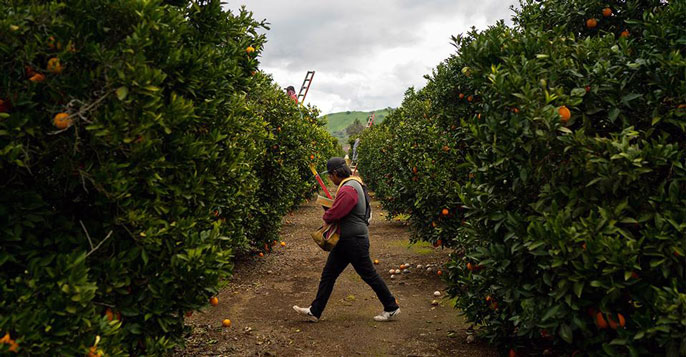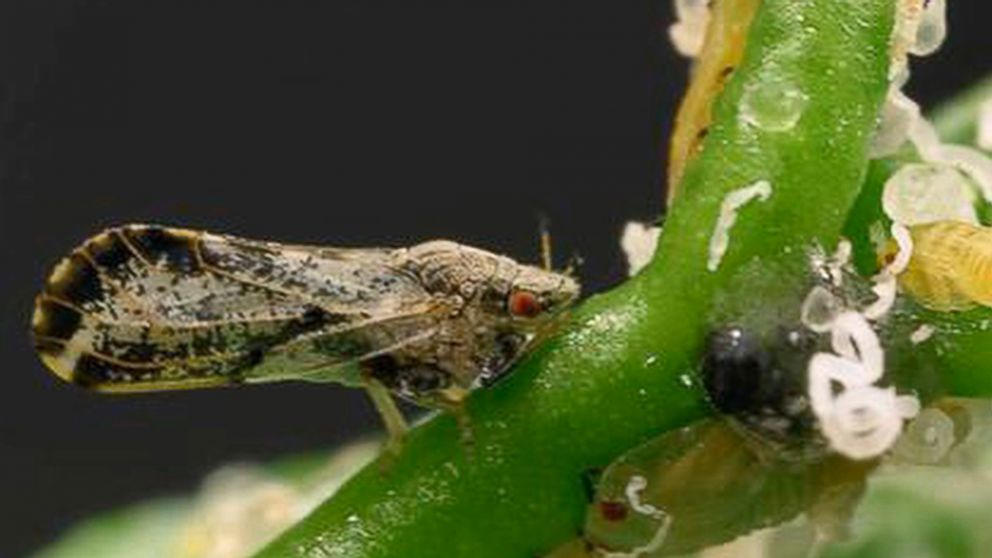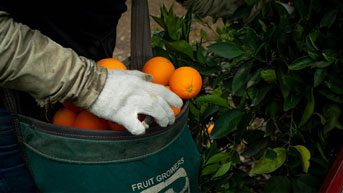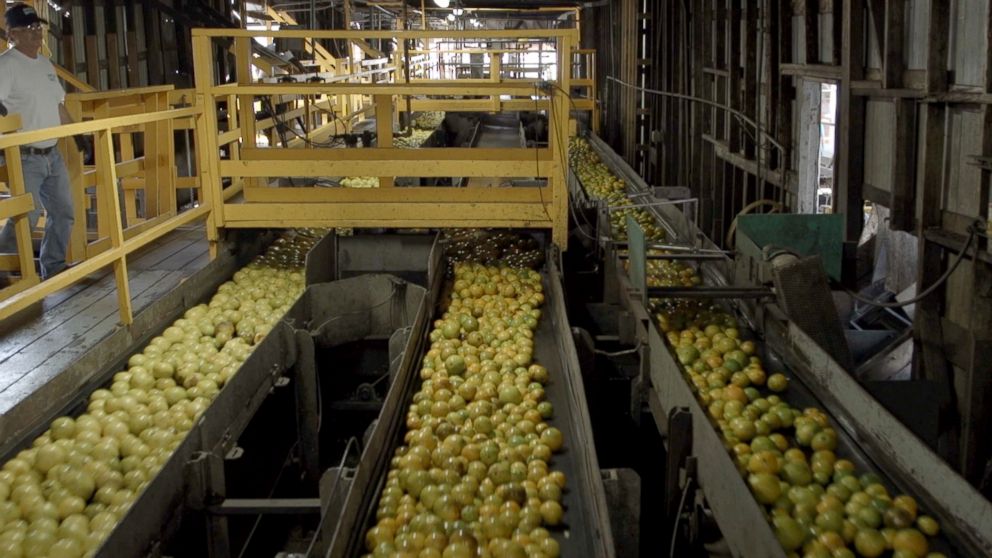The Search for More Disease Resistance Citrus Species
"Much of the Florida citrus groves are already pretty inundated."{
"It's going to be hard because we didn't catch it [lethal pestilence] early enough."
Leah R. Johnson, assistant professor of statistics, Virginia Tech
"[Citrus growers] are resilient and optimistic about the future."
"Florida will continue to be a major producer of citrus for years to come."
Shelley Rossetter, spokeswoman, Florida Department of Citrus
"Some people believe that citrus in the Central Valley [California] might be spared because of the climate — that the winters are too cold and summers too hot for the insects that transmit the disease." "But it looks like the Central Valley temperatures are right at the threshold, so a few degrees warmer in the winter and cooler in the summer could change that"
"I think we’re at the tipping point. If people work together and nature helps us out, fresh citrus might be able to hold on."
UC Davis professor Neil McRoberts, plant disease epidemiologist, scientific advisor, Citrus Research Board of California
 |
A bacterium named huanglongbing which originated in China, has infected ninety percent of Florida's orange groves.A sage who enjoys tragedy might chuckle at the fact that oranges too originated in China, so it could be seen as poetic justice that China, currently embroiled in a heated trade war with the U.S. that has upset trade between the two countries and impacted economic trade globally as well, has its revenge. Not that the bacterium, (yellow dragon sickness) is sparing oranges in China.
 |
| The Asian citrus psyllid spreads a bacteria that causes citrus greening. U.Florida |
HLB (short for huanglongbing) is "one of the most destructive foreign plant diseases imaginable [and] has decimated the state's iconic industry", according to the state's Department of Citrus, irrespective of what its spokeswoman optimistically stated. Researchers at rural Lake Alfred not far from Disney World, are frantic in their efforts to develop new root stocks hoping to create orange trees better able to tolerate disease, looking to engineer new orange types to replace varieties that are more vulnerable.
The HLB pathogen frequently has the effect of stopping green fruit from its ripening stage; the symptom named citrus greening, but even when the fruit does manage to ripen it will drop to the ground before it can be plucked off the tree, and under Florida law citrus untouched yet falls from a tree cannot be sold. Harvest time is November to May, but thousands of growers have abandoned their groves. In 2004, there were over 7,000 citrus farmers in Florida; close to 5,000 of those farmers have been forced to drop out of growing citrus.
 |
| California’s citrus industry has a total economic impact of $7.1-B. Credit: Joe Proudman/UC Davis |
Factories processing fruit to juice have seen two-thirds closing down operations, while packing operations has gone from close to 80 operations to 26. In the ten years up to 2016, according to a University of Florida study, 34,000 orange-industry jobs have been eliminated. This loss in the citrus cultivation industry has the potential to destroy the second-largest industry in the state after tourism, which produces over 80 percent of the American orange juice supply.
"We're in a race right now to save the Florida citrus industry", noted director of the University of Florida's Citrus Research and Education Center, Michael Rogers, of the devastating effect of HLB, spread by yet another invasive species, a citrus psyllid, a tiny insect which sucks the bacteria into its gut while feeding on citrus leaves, then infects the next healthy leaf it feeds upon. The insect reproduces rapidly, developing a resistance to insecticides within a year.
A study by University of Florida and Virginia Tech researchers indicates climate change will permit the psyllid to spread to states north of Florida as temperatures continue to rise, creating further opportunities for the pest which thrives in temperatures between about 15 and 30 degrees Celsius; bad news for growers in Florida where that temperature range typifies a normal year-round climate.
 |
| Oranges being sorted before juicing at Florida Natural’s headquarters in Lake Wales, Florida. ABC News |
The disease was discovered in 1919, in China. Citrus psyllids were quick to spread when smuggled tree clippings from Asia brought the insects along to Delray Beach in 2005. The National Academies of Sciences, Engineering and Medicine feels that a breakthrough discovery for managing HLB is unlikely to surface in the near future, according to a study it produced last year.
Labels: Agriculture, California, Citrus Groves, Florida, Pathogens, Plant Destruction, United States

0 Comments:
Post a Comment
<< Home